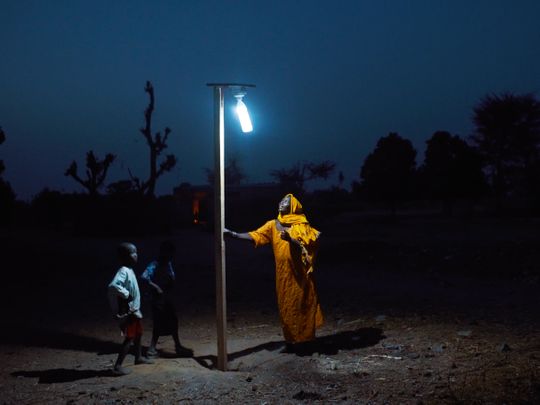
Dubai: Streets cluttered with heaps of waterlogged debris described the state of Tacloban for years after Super Typhoon Haiyan struck in 2013. It was one of the deadliest tropical cyclones ever recorded, both in the world and in the history of the Philippines. More than a million homes that took damage were left to rebuild by the candlelight or unsafe kerosene lamps – disaster relief for lighting would not come for another five months. Armed with discarded plastic bottles, LED bulbs and solar panels, social entrepreneur Illac Ancellotti Diaz lit up 7,000 affected households.
“When I told them I would install solar lights instead, they said I was off …,” Diaz, founder and executive director of Liter of Light, told Gulf News of his project beginnings, which is now funded by Expo 2020 Dubai’s Innovation Impact Grant Programme.
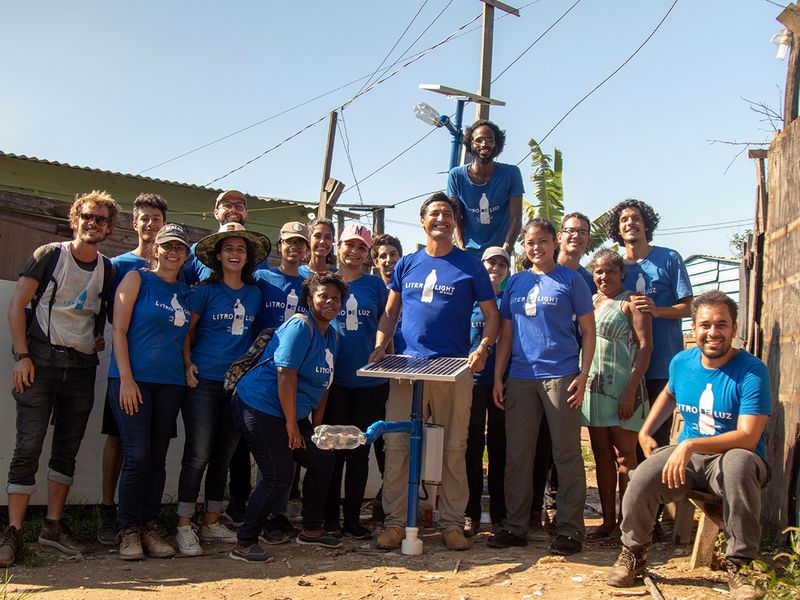
A graduate of Harvard and Massachusetts Institute of Technology (MIT), Diaz used his extensive knowledge in alternative construction to illuminate thousands of lives from then on. Liter of Light is a non-profit movement committed to supplying low-cost solar-powered lights to people with limited or no access to electricity – this is 1 billion of our world population.
Empowering local communities
Typical solar house lights can run for 12 hours on three hours of charging, with an operational life of five years. This is five years of savings, says Diaz, gained from not investing in kerosene oil. It is a hefty expense that ends up absorbing 35 per cent of the income of a village.
With the Liter of Light model, cash flow never really escapes the locality – you build it with domestic hire, using locally sourced materials, so that when and if the product is in need of repair, you need only look at spare parts at home. Importing is out of the question.
“We put the technology in millions of hands. This is not a foundation that says ‘I have a solution that will change the world’; what it does is it tries to replicate the solution as fast as possible,” said Diaz. “Our mantra is that the purest form of charity is to make yourself obsolete.”
To do which, you need the power of the people. Building a bottled solar light by hand takes an hour, but it is so simple that anyone with the right tools and knowledge can master it. From the Philippines to more than 30 countries, the rapid transfer of knowhow has led to over 680,000 homes beaming with makeshift lighting during the day and night.
A solution for day and night
Liter of Light staff based in each country is dispatched to train women cooperatives in rural areas on the mechanics of how to build and repair a solar light. Besides delivering trainings, the staff also establishes an active chain of supply. Once the women are linked to the city, from where cheap spare parts can be bought, they are able to rent out lights and earn a living.
“We don’t have to shift around the world, instead we look for local parts in our 30-plus offices, and then we have as many as 212 employees to make sure these women groups have an active business model,” said Diaz.
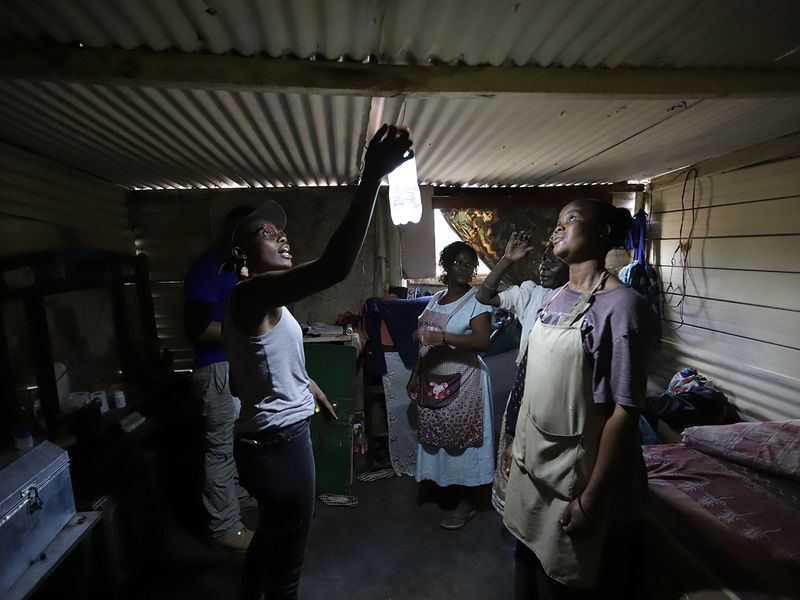
Households that do lease these lights often reserve them for the night. During the day, they fill a plastic bottle with water, add a splash of bleach to prevent algal growth, then fix it to a hole in the ceiling. The room miraculously lights up without any electrical current. This quick alternative helps them save about $5 (Dh18) every month.
“You’re not borrowing money to buy these night lights because we’re helping you save. Liter of Light is a solution for the day and night,” added Diaz.
“One time, we taught a 12-year-old to make a solar light by hand. Her grandmother probably thought it was a game. But when she stepped inside, she said that it was the first time she had light in the house since she could remember,” he said of an installation that took place on the island of Mindoro five years ago.
Building the largest tweet in the world at Expo
Bringing that same wonder and hope to Dubai is Diaz’s mission to engage the Filipino community in building these lights. Using Expo Live’s grant, the movement will stock up on parts – sourced locally – to conduct several workshops. The handmade solar lights will be then used to spell out 100-metre-wide tweets most relevant to our climate conversation today.
This is in anticipation of the momentous COP26 (United Nations Climate Change Conference) convening later this month. Liter of Light had a successful campaign run recently in Italy, and next on schedule is Scotland followed by the hosting city of Expo 2020.
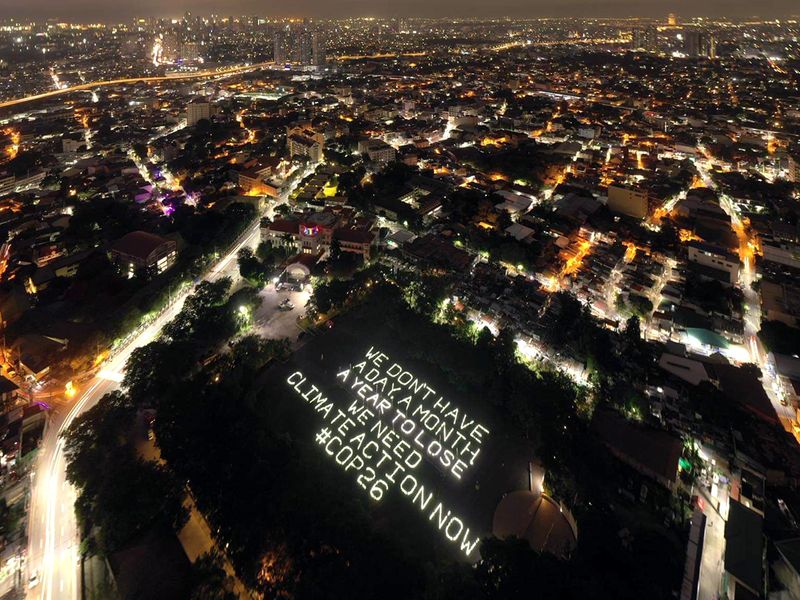
Diaz is well versed in the sustainability goals of the UAE – in 2015, Liter of Light was the recipient of the Zayed Future Energy Prize. Three years later, he delivered the largest lesson on environmental sustainability to 282 students in Abu Dhabi, earning the UAE a Guinness World Record.
“When you enlist the help of the people, there is more story in humanity. Each person building it has contributed a little bit in making the world a brighter place. And that’s very important for us,” said Diaz. “After you’re done, we even tell you which village we’re donating these lights to. That is what Expo Live is all about – we’re live changemakers.”
Workshop details are still tentative, but Diaz hopes to receive tweet submissions from all over the UAE to turn them into inspiring works of art across Expo and the country. First of these ‘billboards’ will be seen on October 24 in celebration of United Nations Day – a UN symbol drawn with 100 solar lights.
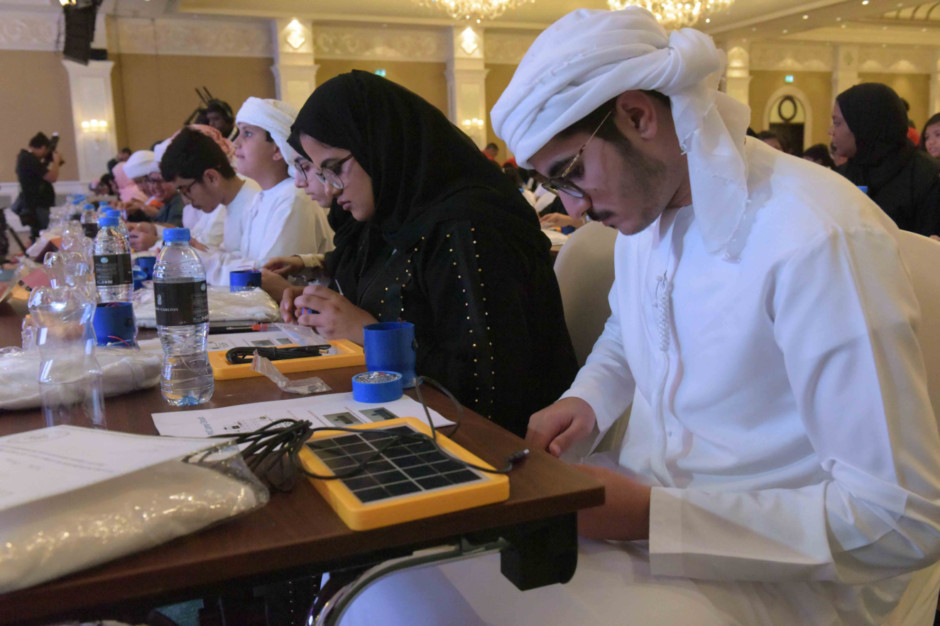
By December, this will have scaled to a 500-light tweet, and a final assembly towards the end of the world fair will see the biggest tweet ever made using 5,000 solar lights. Diaz says the amassed lights will most likely be donated to India.
So if you have #MessagesForThePlanet, head over to the Twitter account ‘@MessagesToCOP26’ and drop them a submission. Remember, your tweet still cannot exceed the 280-character limit, even if it is to be written out with thousands of lights.
And if this has gotten you excited about building your own solar light, watch this space for future workshop announcements.


